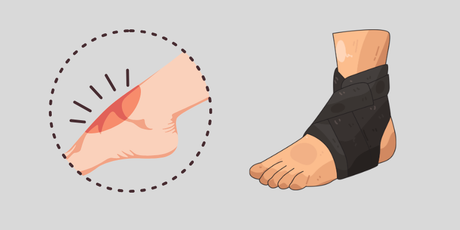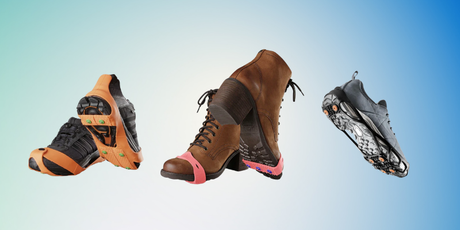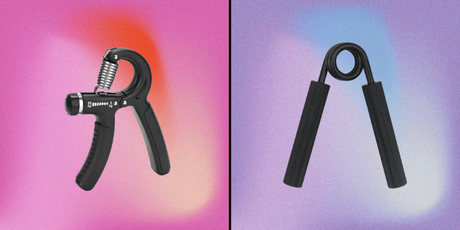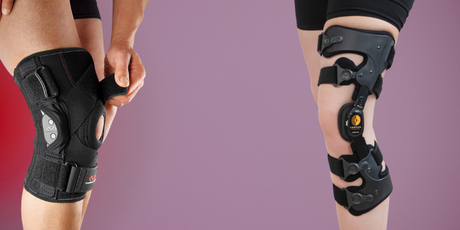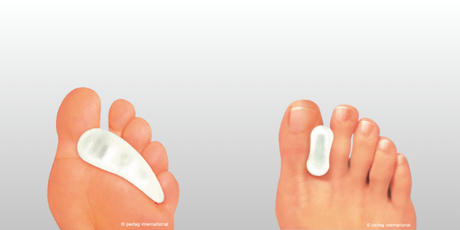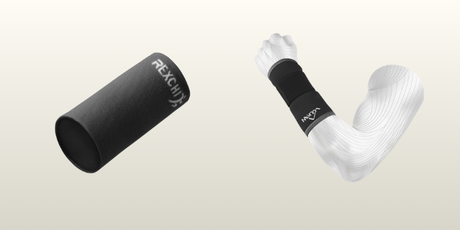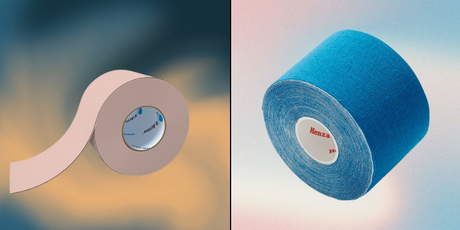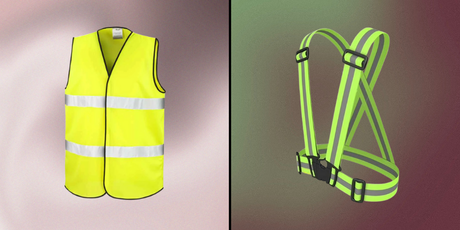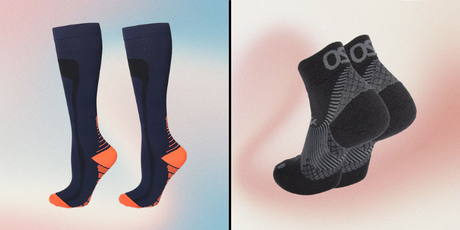If you’ve ever twisted an ankle or pulled a muscle, chances are someone told you to “use R.I.C.E.” Even if you haven’t heard about it before, you most likely know the feeling of being in acute joint or muscle pain, and wondering how to best make it stop (preferably as soon as possible).
But what exactly does that mean - and does it still hold up today? Let’s break down what R.I.C.E. is, how it works, and what modern research says about this classic injury treatment method.
What is R.I.C.E.?
R.I.C.E. stands for Rest, Ice, Compression, and Elevation - a simple, time-tested method for treating minor injuries like sprains, strains, and bruises.
Although each step might seem immediately sensible, it was actually first popularized in the 1970s by the American sports medicine physician Dr. Gabe Mirkin. It was designed to reduce pain and swelling, prevent further tissue damage, and promote faster recovery in the early stages of an injury.

How each step works
1. Rest
The first step is to stop using the injured area. Rest helps prevent additional strain or tearing of already damaged tissue. However, “rest” doesn’t mean complete immobilization. Light, pain-free movement can help keep circulation going and prevent stiffness once the initial swelling has eased.
→ Pro tip: Avoid activities that cause pain, but gentle movement after 24 - 48 hours can help your body start healing.
2. Ice
Applying ice reduces swelling, inflammation, and pain by constricting blood vessels and slowing nerve signals.
Use an ice pack or a bag of frozen peas wrapped in a towel - never place ice directly on the skin - to avoid frostbite.
→ How long: 15 - 20 minutes every 2 - 3 hours during the first 24 - 48 hours after injury.
3. Compression
Compression supports the injured tissue and helps control swelling. An elastic bandage or compression wrap works best. It should be snug but not so tight that it causes numbness, tingling, or increased pain.
→ Tip: Start wrapping below the injury and move upward to encourage fluid to move away from the area. In our store you’ll find a large collection of options for knee compression, ankle compression, and wrist compression.
4. Elevation
Elevating the injured area above heart level helps reduce swelling by allowing fluids to drain away through the lymphatic system. It’s a simple but effective step - especially when combined with rest and ice.
→ Example: For an ankle injury, lie down and prop your foot up on pillows so it’s higher than your chest.
Why R.I.C.E. works
The R.I.C.E. method works by tackling the body’s inflammatory response - the natural but often painful process that occurs after injury.
- Rest prevents additional micro-tears.
- Ice minimizes inflammation and numbs pain.
- Compression reduces swelling and supports tissues.
- Elevation helps fluid drainage and reduces throbbing.
Together, these steps limit early damage and make recovery smoother.
When to use R.I.C.E.
R.I.C.E. is most effective for mild to moderate soft tissue injuries, such as:
- Sprained ankles or wrists
- Muscle strains
- Minor bruises or contusions
If you notice severe pain, visible deformity, inability to move, or persistent swelling, seek medical attention immediately - these could be signs of a fracture or a more serious injury.
R.I.C.E. vs. Newer methods: P.E.A.C.E. & L.O.V.E.
In recent years, however, some physiotherapists have moved toward updated protocols like P.E.A.C.E. & L.O.V.E. This is seen as a more comprehensive approach to painful but non-serious injuries, and stands for:
- Protection and Education
- Avoiding anti-inflammatory overuse
- Compression, Elevation, and Optimism
- Load - gradual movement
- Vascularization - gentle activity
- Exercise for long-term healing
These newer approaches highlight that movement and gradual loading play key roles in recovery, while R.I.C.E. still helps manage pain and swelling in the first 24 - 48 hours.
Practical tips for using R.I.C.E.
While the R.I.C.E approach has been proven to work, some of the instructions can seem both too simple and a little bit unclear. While we are not medical experts, based on our experience, the best way to perform R.I.C.E in practice is:
- Ice early, but don’t overdo it - prolonged icing can slow healing. And don’t get hung up on ice itself - anything cooling will help if options are limited
- Don’t wrap too tightly - check circulation every 30 minutes.
- Keep the injured area elevated whenever you rest or sleep.
- After 48 hours, start introducing gentle, pain-free motion.
- Combine R.I.C.E. with proper hydration and nutrition to support healing.
The bottom line
R.I.C.E. remains one of the simplest and most effective ways to manage acute injuries in the early stages. While newer approaches emphasize activity and mindset, R.I.C.E. is still a great first step - especially in the hours right after you get hurt.
In short: Rest it, Ice it, Compress it, Elevate it - and when the pain starts to fade, start moving again.




